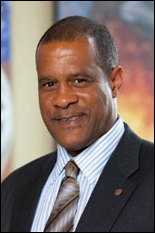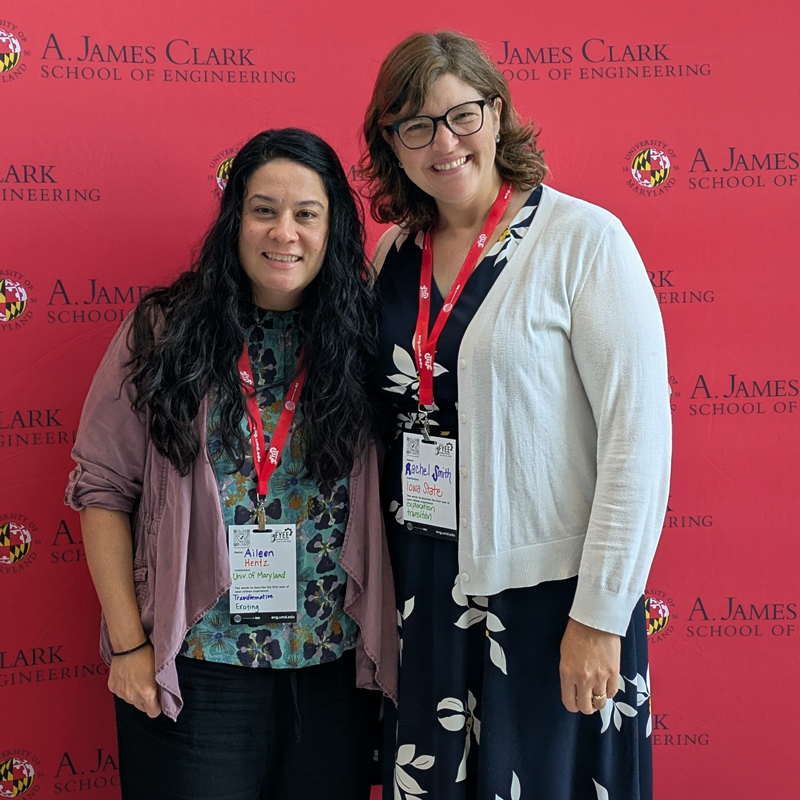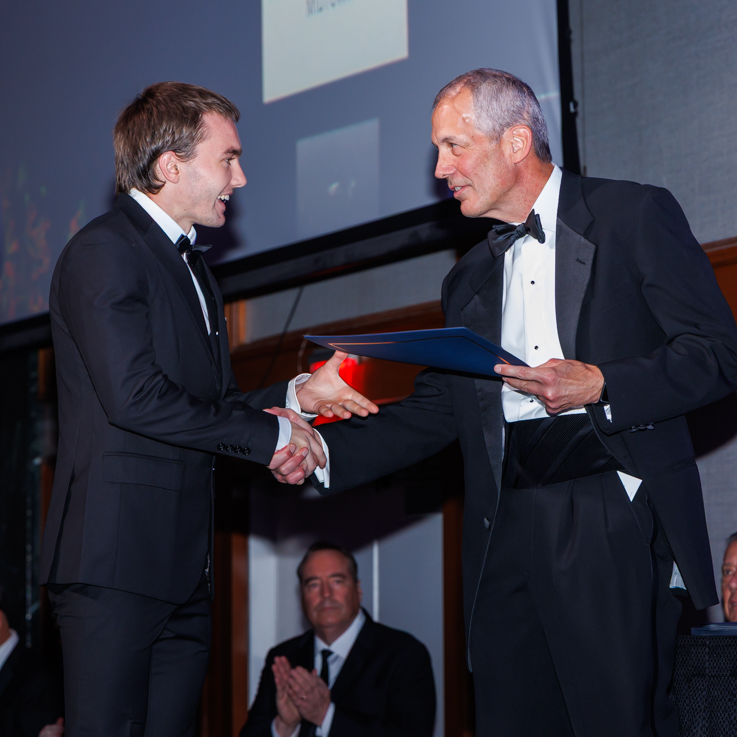News Story
Three Aerospace Engineering Faculty Receive 2015 DURIP Awards
Three Aerospace Engineering faculty have received over $1.2 million in combined funding through the Office of Naval Research's (ONR) Defense University Research Instrumentation Program (DURIP). DURIP supports university research infrastructure essential to high-quality relevant research, providing funding for research instrumentation that is necessary to carry out cutting-edge research.
The Aerospace Engineering DURIP award recipients are:
Assistant Professor Stuart Laurence
Awarded for: Preheated piston-driven Ludwieg tube for the realistic simulation of hypersonic flows
Laurence's research focuses on many aspects of high-speed flows, including hypersonic aerodynamics and aerothermodynamics, boundary-layer transition, supersonic combustion and propulsion, high-temperature gas dynamics, naturally occurring hypersonics (meteoritics) and diagnostic development.
Samuel P. Langley Distinguished Professor James Hubbard
Awarded for: Quantification and analysis of small unmanned autonomous vehicles AFOSR
Hubbard is the Director of both the University of Maryland's Morpheus Laboratory and the National Institute of Aerospace's Alex Brown Center for Adaptive Aerospace Research. His research focus is in the areas of morphing airframe architecture, airfoils and missile control surfaces.
Associate Professor Kenneth Yu
Award for: Ultra high-speed optical diagnostics
Yu's research and scholarly work on active combustion control and supersonic mixing have made significant impact on developing enabling technologies for propulsion and power systems.
Laurence, Hubbard and Yu were three of 225 researchers receiving 2015 DURIP awards, selected from 695 proposals. According to the DoD press release, DURIP awards fund research that underpins advances in materials, structures, and manufacturing science; quantum and nanosciences; computing and networks; electronics, electromagnetics, electro optics; acoustics; neuroscience; fluid dynamics; robotics and autonomous systems; and ocean, environmental, and life sciences and engineering.
Published June 10, 2015











